We move past plants, big and small, everyday of our lives. Whether it’s a shrub in your front yard, the dandelion growing in the crack of the sidewalk outside your door, a houseplant in your home, the milkweed in your garden, or the hickory tree you pass along a trail. They are easily taken for granted. We can assume that the tree in your backyard that’s been tall and present for as long as you can remember will continue to be tall and present for years to come. But plants change over seasons and years. Some flourish because of the soil and topography in that particular place. Some perish because of stressors like disease or encroaching human activity. Others bloom at varying times each spring because of the increasing changes in our climate. One tree could be home to an Eastern Bluebird one year and a Barred Owl the next. Using our sense of vision to engage with our neighboring plants can us invite into a space of new and unfamiliar perspectives, questions, and curiosities. Perhaps you’ll find yourself surprised at the texture of a tree’s bark, notice the small organisms that call that tree home, wonder about its earlier years and experiences, or be reminded of how impressively its limbs tower over you while its roots spread under you. You can imagine yourself anchored as a lichen or climbing as an ant. Here’s a simple series of perspectives that you could use to explore plants near you.
- Perspective #1: Find a plant near you and look at it from a distance.
- Perspective #2: Look around its base and walk closer towards the plant. Let your gaze move back up the height of the plant from this new vantage point.
- Perspective #3: Watch your step as you move close to the plant until you’ve reached it. For trees, look closely at its bark (think “close” like a lichen or ant). For smaller plants, look closely the textures of its leaves, stalk, branches, and flowers. Be careful and use your sense of touch and smell, if you’d like.
- Perspective #4: Get low to the ground and look up and around the plant. Perhaps you’ll discover neighbors of the plant, roots, or shoots of your plant.
- Perspective #5: Create your own perspectives. Take a picture or sketch from new perspectives you discover to remember meeting your plant in these new ways.
- Perspective #6: Remember your plant and visit it occasionally. Perhaps once a week or once a month. You’re a naturalist in the making.
Using these different perspectives, what did you notice, wonder, or reminded of when you look at plants near and around you?

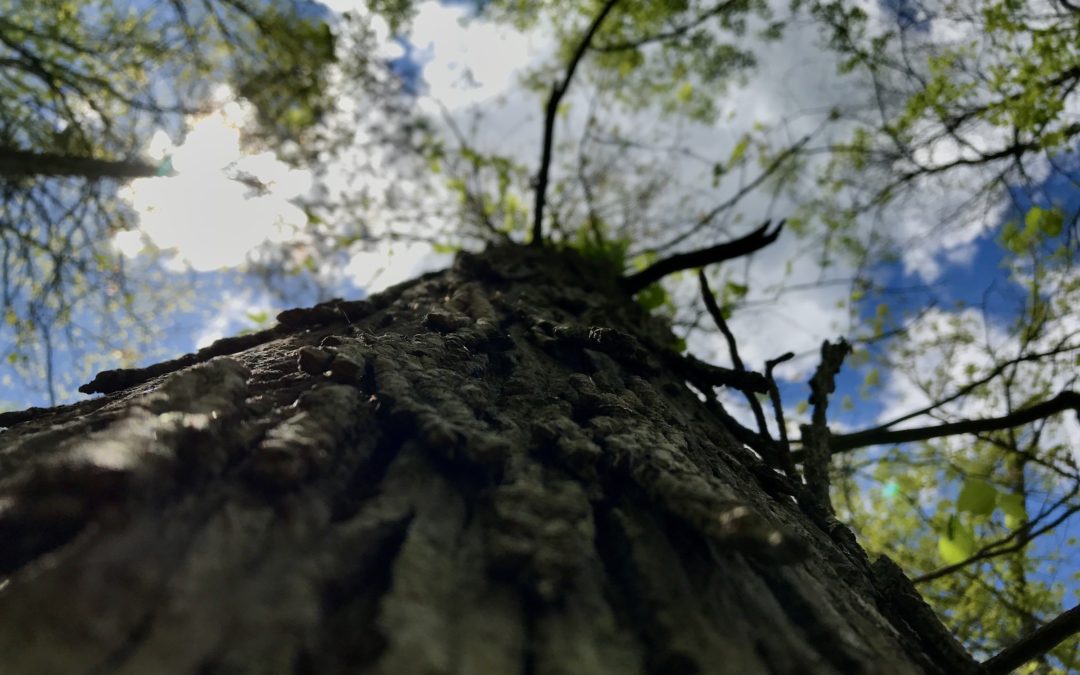
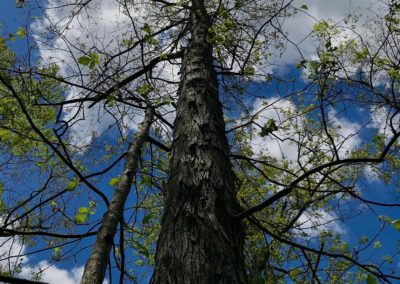
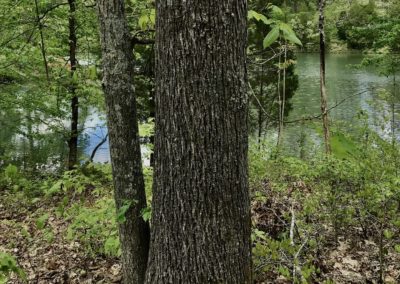
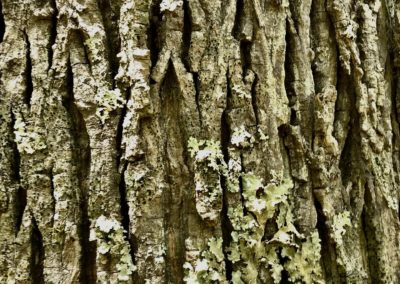
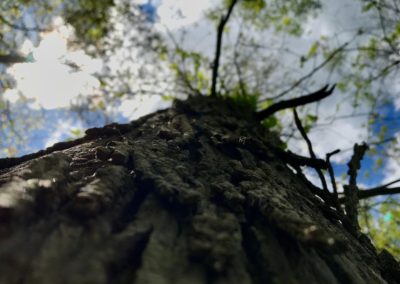
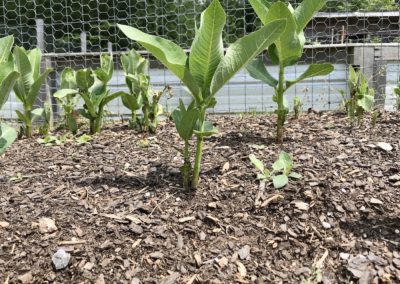
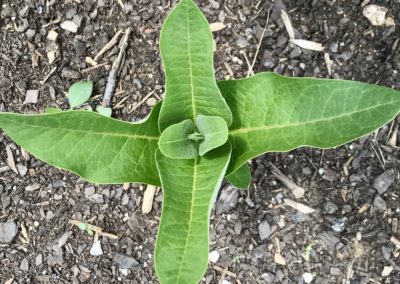
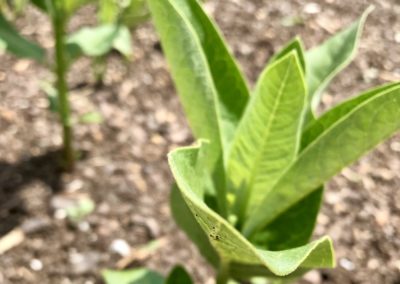
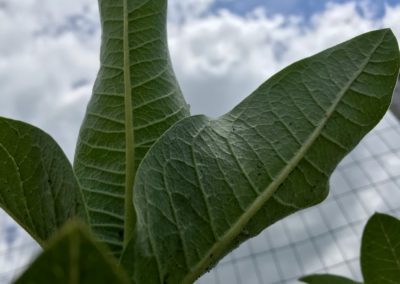
Recent Comments